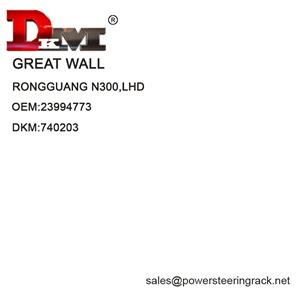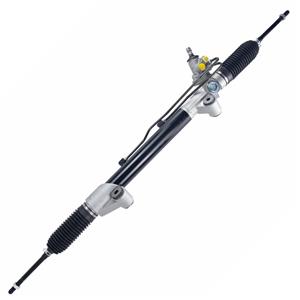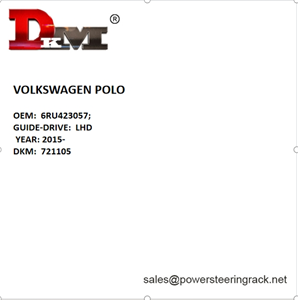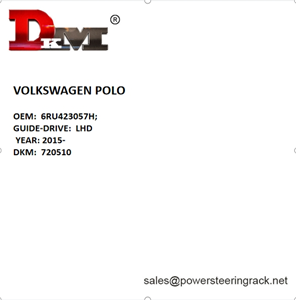What happens if water gets into the power steering system?
The power steering system is an important part of modern cars. It provides steering assistance, making it easier for drivers to operate the steering wheel, especially when driving at low speeds or parking. However, the normal operation of the power steering system depends on the purity of the hydraulic oil inside it. If foreign impurities, especially water, enter the system, it will cause serious problems. So, what will happen if water gets into the power steering system?
This article will explore this issue in detail and analyze its potential impact and consequences.
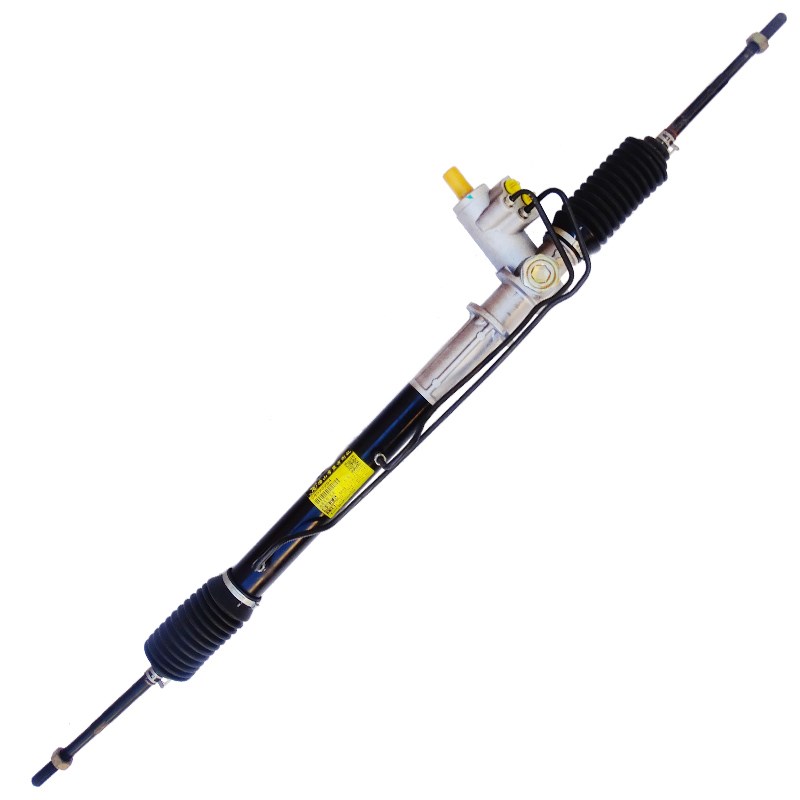
How does the power steering system work?
Before understanding the problems that may be caused by water ingress, we need to briefly understand how the power steering system works. There are generally two types of power steering systems: hydraulic power steering and electric power steering. We will focus on hydraulic power steering systems here because they are more dependent on the quality of hydraulic oil.
The hydraulic power steering system includes several key components:
1. Power steering pump: The pump is driven by the engine, generates hydraulic pressure, and delivers hydraulic oil to the steering rack and pinion.
2. Power steering fluid: The hydraulic oil flows in the system to lubricate, cool, and provide power assistance.
3. Steering rack: responsible for converting the rotation of the steering wheel into the steering action of the wheels.
4. Hydraulic hose: used to transmit hydraulic oil and maintain the pressure of the system.
When the driver turns the steering wheel, the hydraulic pump transmits the power to the steering rack through the hydraulic oil, so that the wheels can turn smoothly. If the hydraulic oil in the system is contaminated or the performance is impaired, the steering power will be affected.
What are the reasons for water ingress in the power steering system?
Although the power steering system is a closed system, water may still enter the system in some cases. The following are some common ways for water to enter the power steering system:
1. Aging or damage of seals: The seals and hoses in the power steering system may age or damage with the increase of use time, resulting in poor system sealing and external moisture may penetrate.
2. Power steering fluid deteriorates or mixes with water: If you accidentally add damp or water-containing liquid when adding power steering fluid, moisture will enter the system.
3. Vehicle wading: When the vehicle is driving through wading, if the power steering system has poor sealing, water may enter the system through damaged seals.
4. Improper system maintenance: When repairing or replacing the hydraulic oil in the power steering system, if the system is not properly sealed, moisture in the air may condense and mix into the hydraulic oil.
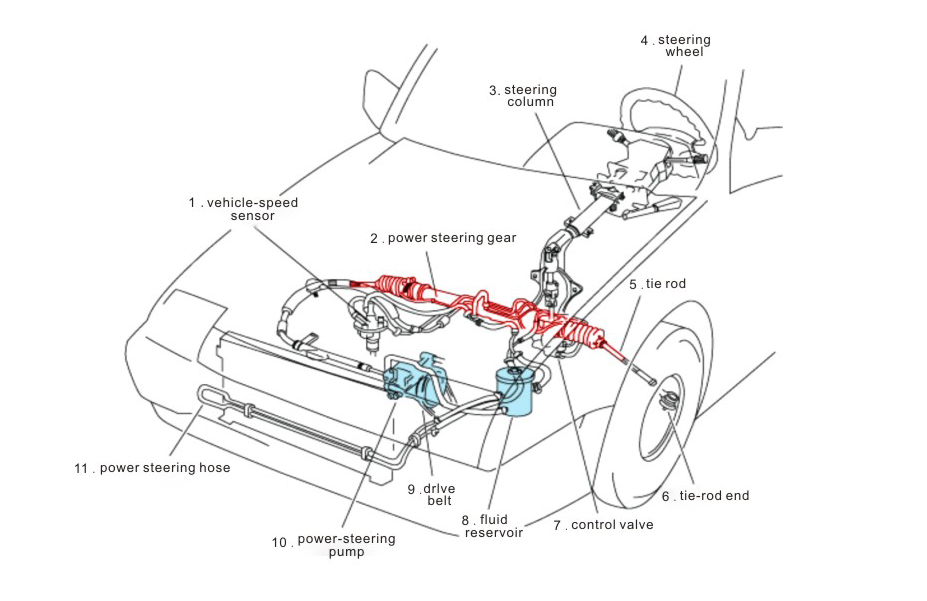
What are the effects of water entering the power steering system?
When water enters the power steering system, it will have an adverse effect on various components of the system. This is because the hydraulic oil in the power steering system not only needs to play a lubricating role, but also needs to maintain the hydraulic pressure of the system and provide power assistance. If water is mixed into the hydraulic oil, the performance of the liquid will change, which will affect the working efficiency of the entire system. The following are some problems that may occur after water enters the power steering system:
Degradation of hydraulic oil performance
Hydraulic oil plays an important role in the power steering system. Its main function is to provide hydraulic pressure, lubricate the internal components of the system, and prevent parts from overheating. If water enters the system, the performance of the hydraulic oil will be significantly reduced. Not only does water fail to provide power assistance, but it will dilute the viscosity of the hydraulic oil and weaken its lubrication effect.
In addition, water will accelerate the oxidation of hydraulic oil, causing the hydraulic oil to deteriorate. This deteriorated liquid cannot effectively protect the metal parts inside the system, which may accelerate their wear and reduce the efficiency of the system. Especially in cold climates, water can freeze, further impeding the normal flow of hydraulic fluid.
Corrosion and Rust
Many parts of the power steering system are made of metal, and these metal parts that are exposed to hydraulic fluid for a long time usually do not rust. However, when water enters the system, especially if the system is not maintained for a long time, it can cause corrosion and rust of internal parts.
Hydraulic fluid itself has anti-corrosion functions, but this protective ability is weakened when water is mixed into it. Water reacts with oxygen in the air, which accelerates the oxidation of metal parts inside the system, causing corrosion. Once these parts rust, the performance of the steering system will gradually deteriorate, and may eventually cause the system to fail.
Damage to the hydraulic pump
The power steering pump is one of the key components in the hydraulic system. Its main task is to generate hydraulic pressure to push the liquid to the steering rack and other components. The hydraulic pump relies on the viscosity of the hydraulic oil to maintain its normal operation. The entry of water will destroy the viscosity of the hydraulic oil, thereby affecting the efficiency of the pump.
More seriously, the presence of water may cause the metal parts inside the hydraulic pump to come into direct contact with water, increasing the wear rate of the pump. Long-term wear and tear can cause the hydraulic pump to fail, which is usually expensive to replace and takes a long time to repair.
Cavitation
Cavitation is the phenomenon that small bubbles generated in the liquid explode during the flow of the liquid, causing damage to the system. The presence of water in the hydraulic system increases the possibility of bubble formation because water has a low boiling point and is prone to forming bubbles under high temperature and pressure.
When these bubbles are generated and burst in the hydraulic pump or steering rack, they cause tiny explosion damage to the metal surface, causing local wear or pitting of metal parts in the system. Cavitation not only reduces the efficiency of the system, but may also cause the entire power steering system to fail.
Steering failure
After the power steering system has water in it, the driver may feel something strange about the steering. For example, the steering wheel may become heavier or less sensitive. This is because the water dilutes the hydraulic oil, resulting in insufficient hydraulic pressure, which reduces the power provided by the system.
In severe cases, the power steering system may lose power completely, especially at low speeds or when parking, and the driver will find that the steering wheel becomes extremely difficult to operate. In this case, the driver may need to spend more effort to turn the steering wheel, especially when making emergency turns or avoiding obstacles, and steering failure may cause serious safety hazards.
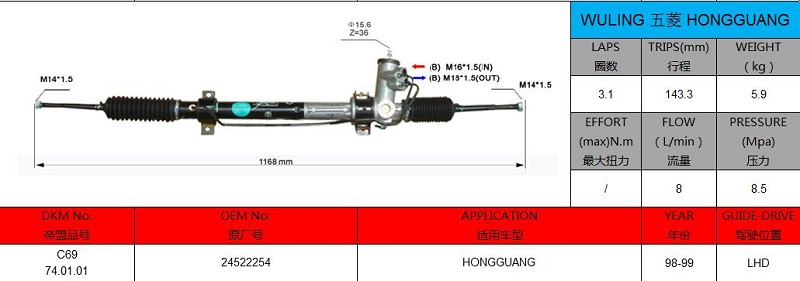
How to deal with water in the power steering system?
Water in the power steering system can have a serious impact on the normal operation of the vehicle, so it is important to prevent and deal with this problem in a timely manner. If water is suspected in the system, the following steps can help car owners deal with this problem:
Regularly check and replace the power steering fluid
The power steering fluid should be checked and replaced regularly to ensure the normal operation of the system. Car owners can judge whether the hydraulic oil is contaminated by checking the color and state of the fluid. Normal hydraulic oil should be transparent or light yellow, while contaminated fluid may become milky white or turbid, indicating that it contains water.
Once the fluid is found to be deteriorating or water intrusion is found, the hydraulic oil should be replaced immediately and the system should be cleaned to ensure that the residual water does not continue to damage the system.
Check the seals and hoses
The seals and hoses in the power steering system are an important line of defense to prevent water from entering the system. Car owners should check the status of these components regularly, especially after the vehicle has been driven through water or experienced heavy rain. If any hoses are found to be broken or seals are aged, they should be replaced in time.
Avoid driving in water
Although driving in water is unavoidable in some cases, car owners should try to avoid driving the vehicle into areas with deep water. If it is necessary to wade in water, the vehicle should be driven at a low speed and the power steering system should be checked after wading to ensure that no water enters the system.
Deal with abnormal phenomena in time
If the steering system makes abnormal noises, the steering wheel becomes heavier, or other abnormal phenomena are found, the owner should stop the car immediately to check the status of the power steering fluid. If the fluid is found to be emulsified or otherwise abnormal, contact a professional maintenance personnel as soon as possible to avoid further damage.
High-Quality Steering Gears Direct from the Manufacturer
Guangdong Diamond Auto Parts Co., Ltd. (DKM) has been a trusted manufacturer of power steering gears since 1996. Our company specializes in producing high-quality, affordable steering systems for a variety of car models, including Toyota, Honda, Mitsubishi, and more. Our factory is equipped with over 280 CNC machining and heat treatment devices, allowing us to deliver precise, reliable products at wholesale prices. We offer customization options to meet the unique needs of your vehicle brand and model!

